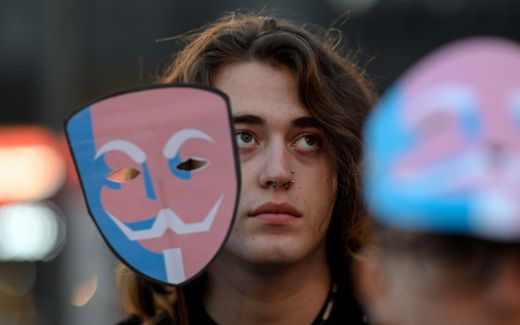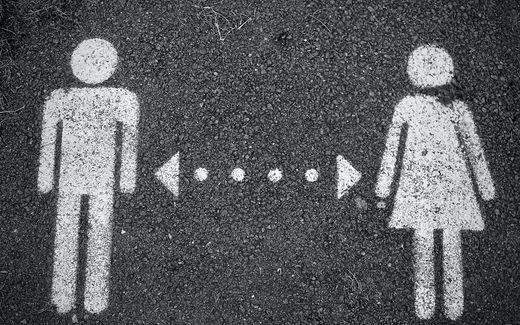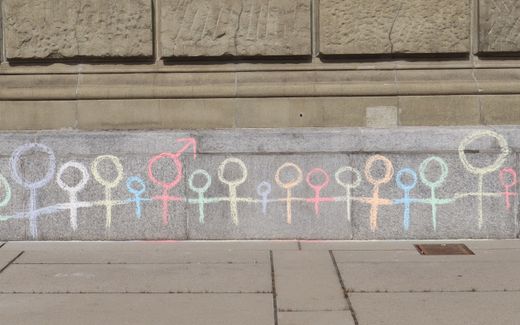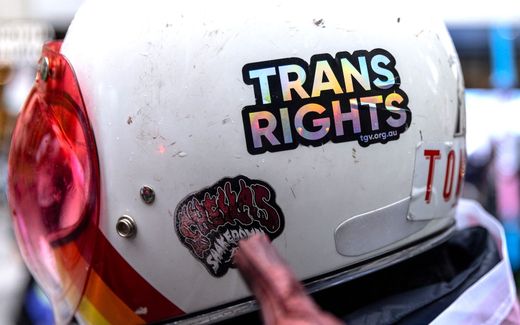Once a gender pioneer, now a fighter against gender reassignment

Rittakerttu Kaltiala. Photo Rittakerttu Kaltiala.
Northern Europe
Psychiatrist Riittakerttu Kaltiala headed one of the first gender clinics in Finland in 2011. Now, she fights against gender reassignment for children. "Even during the first few years of the clinic, gender medicine was becoming rapidly politicised", she writes in a critical article.
About a third of the people who are treated for gender dysphoria later regret their gender change, Kaltiala claims in an article on The Free Press, as reported by Idea. Some even come back to the clinic for a reversal to their birth sex. "These were another kind of patient who was not supposed to exist", she writes.
Those who regret their gender change tell her that they were naïve and misguided about the transition and felt they made "a terrible mistake."
Impact
Often, these patients are not included in the studies on gender reassignment, including the well-known Dutch Protocol, which concluded that it is better to start gender reassignment as early as possible in the case of gender dysphoria.
However, a new study shows that up to a third of the patients quit their hormone intake within four years after their treatment. According to Kaltiala, this may be because it takes several years before people realise the full impact of their gender change. "This is when young people who have entered adulthood confront what it means to possibly be sterile, to have damaged sexual function and great difficulty in finding romantic partners."
Human right
There are many misunderstandings in the field of gender care, the Finnish psychiatrist warns. For example, she points out that it is hijacked by activists. They propagated that gender transition was "not only a medical procedure but a human right", she writes in her article. In addition, the activists promised that medical gender transition would solve all mental health problems. The movement was able to influence the media coverage of the subject. As a result, gender care was rapidly politicised. Few raised critical questions.
In addition, the "Dutch Protocol" was established. It propagated that young people with gender dysphoria thrived as members of the opposite sex if they were treated early on with puberty blockers. In the Netherlands, there had been a small patient group consisting of almost only young men who believed they were women. According to the researchers, the patients were healthy and high-functioning. The Dutch Protocol became a leading standard in the new field of pediatric gender care.
Bodies
As a result of these developments, the Finnish Ministry of Social Affairs and Health felt the necessity to respond by creating a national gender programme. And the hospital where Kaltiala worked was one of the healthcare institutions tasked with carrying it out. She herself was tasked with the leadership of it.
However, from the beginning, it did not feel good for the psychiatrist to "intervene in healthy, functioning bodies, simply on the basis of a young person's shifting feelings about gender", she writes.
As the department head, Kaltiala personally met most of the adolescents requesting gender reassignment. And then she noticed something remarkable: the patient group in Finland differed greatly from the one described by the Dutch researchers. Instead of young guys looking to be turned into women, most of the patients were girls wanting to become boys.
Healthy
Also, instead of being mentally healthy, many of them dealt with psychiatric conditions. They had been bullied, withdrew themselves from their social lives, had eating disorders or engaged in self-harm, Kaltiala illustrates. Many of them did not speak about gender dysphoria until suddenly, in their adolescence, the topic popped up.
And, instead of responding positively to gender change, as promised by the Dutch Protocol, the lives of patients deteriorated after their treatment. They withdrew further from their social life, for example. And even though these observations were made in different countries, the healthcare departments kept quiet.
In 2015, a new patient group reported to Kaltiala's gender department. This time, the girls were usually between 15 and 17 years old, came from a few towns and often attended the same school. "We realised they were networking and exchanging information about how to talk to us", the psychiatrist noticed. "This, too, was happening in pediatric gender clinics around the world, and again, health providers were failing to speak up."
Evidence
However, Finland did change its treatment protocol for gender reassignment. Instead of treating patients with severe mental illnesses, the focus of the treatment shifted from changing gender to addressing these problems first. However, these changes led to pressure from activists, politicians and the media, the psychiatrist writes. At the same time, she knew: "Medical treatment has to be based on medical evidence and that medicine has to correct itself constantly."
Therefore, Kaltiala conducted research on the issue in 2018. She concluded that for 80 per cent of the children who feel dysphoria with their gender, these feelings disappear. "Often, these children come to realise they are gay."
"We need to learn from the scandals", the psychiatrist concludes at the end of her article. "Gender transition has gotten out of hand. When medical professionals start saying they have one answer that applies everywhere or that they have a cure for all of life's pains, that should be a warning to us all that something has gone very wrong."
Related Articles













